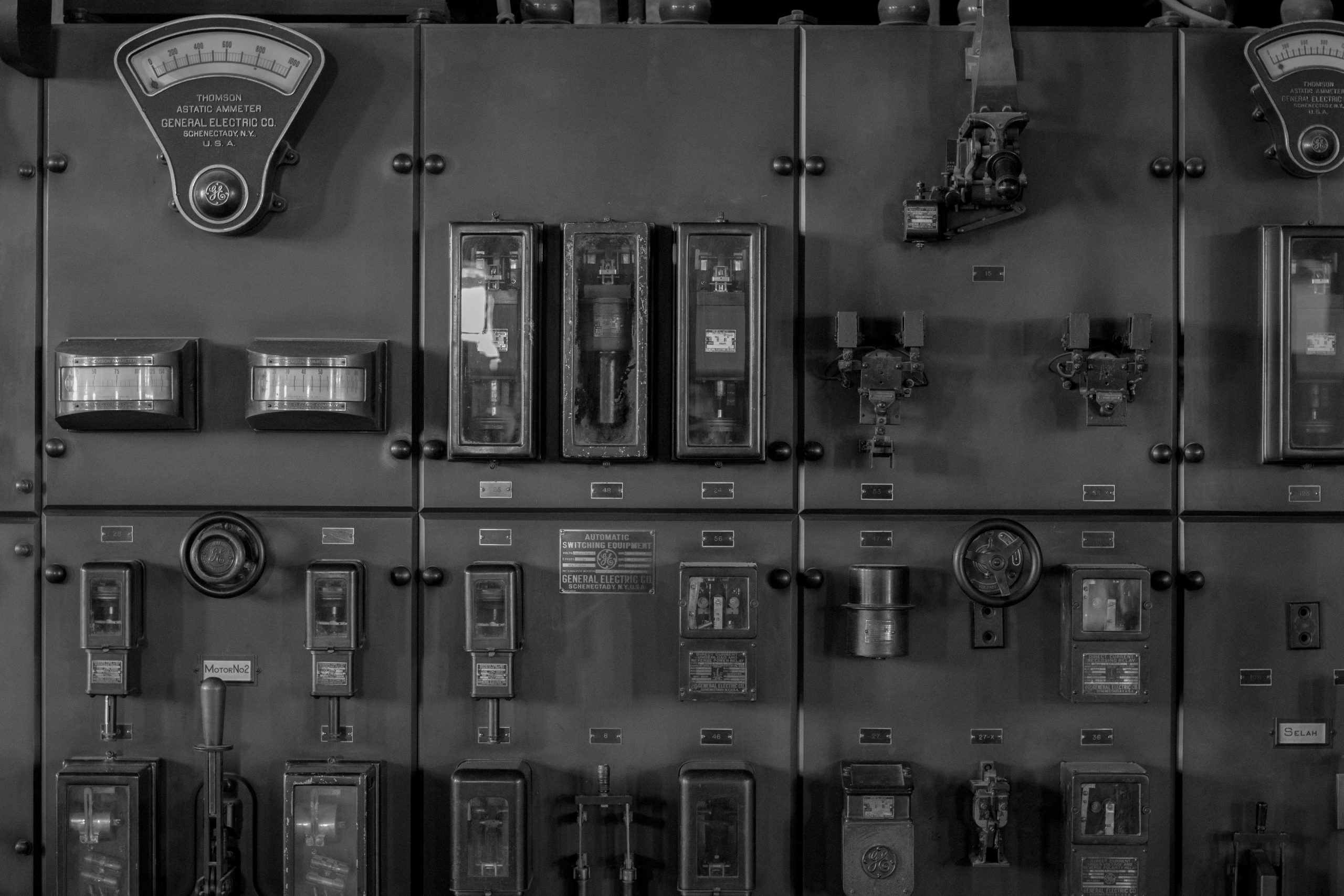Preserving America’s interurban heritage
General History
The Yakima Valley Trolleys operate on the tracks of the former Yakima Valley Transportation Company (YVT Co) in Yakima, Washington, U.S.A. The YVT is listed on the National Register of Historic Places because it is the last authentic, all-original, turn-of-the-century interurban electric railroad in the United States. The degree to which the complete YVT system has been preserved is unsurpassed.
The railroad was constructed between 1907 and 1913. Its greatest length was just over 44 miles. Presently approximately five miles of track remain, connecting the cities of Yakima and Selah, Washington. Electric trains have operated on the YVT trackage every year since 1907.
Service was first limited to a streetcar line in downtown Yakima. In 1909 the YVT was purchased by the Union Pacific Railroad with the purpose of expanding the system as a feeder of freight and produce to the Union Pacific mainline.
The YVT built a large stone and timber carbarn/shop facility in 1910. In 1911 a concrete and masonry powerhouse substation was constructed to provide the necessary DC electricity to operate the trolleys. Both buildings are still in use today. The overhead wire catenary is also original.
Streetcar service became less and less popular as more Americans were able to purchase automobiles. Finally in February of 1947 the YVT terminated streetcar service, however the electric freight trains continued to operate.
In 1974 the City of Yakima purchased two streetcars from Portugal to revive passenger service as a tourist operation. The project also served as Yakima’s Bicentennial project in 1976.
The Union Pacific Railroad decided to abandon the Yakima Valley Transportation Company freight operations in 1985. Almost all of the system was donated to the City of Yakima in the process, and has been open as a museum since that time.
The Yakima Valley Trolleys organization was incorporated in 2001 to operate the railroad for the City of Yakima. Present and future generations are able to experience an early-American street railway almost exactly as it was 100 years ago and come to understand the important role transit held in developing the City of Yakima as well as the rest of the industrialized world.
Timeline
1906
- Predecessor company Yakima Inter-Valley Traction Company (YI-VT) formed. June 2.
- Yakima City Council granted YI-VT a 40-year franchise to operate streetcars. October 15.
1907
- Yakima Valley Transportation Company (YVT) formed, obtained YI-VT franchise and assets. July 2.
- Ground breaking and first track laid for YVT at the Redmon place west of town. September 9.
- Temporary streetcars #18 and #36 rented from Tacoma, arrive in Yakima. First week of December.
- 100 men working on laying track to meet January 1 deadline. Mid December.
- First three miles of YVT track completed, west of NPRR tracks. December 21.
- First unofficial test movement of an electric streetcar in Yakima. December 22.
- Inaugural run of streetcar with YVT Directors, City Councilmen, press. December 24.
- First public runs of streetcars in Yakima. Christmas Day.
1908
- Crossing of the NPRR made and track laid on east side of Yakima Avenue. Mid summer.
- First run of a trolley on east side of NPRR tracks on Yakima Avenue. September 7.
- First three built-for-Yakima trolleys arrive via NPRR. September 16.
- Opening of Washington State Fair; trolleys strained to provide enough service. September 28.
- Rented Tacoma streetcars returned to Tacoma. October.
- Temporary wooden carbarn erected at Sixth and Maple Streets. Late.
1909
- Construction of North 4th Street line begun. Spring.
- YVT sold to Oregon Railway & Navigation Company (Union Pacific). June 9.
- Two more streetcars ordered and three interurban cars ordered. Late summer.
- Construction of Maple Street line begun; bridge pier placed in Yakima River. Fall.
1910
- Fruitvale line opened for business. March 27.
- Courthouse loop laid around four blocks and Yakima Avenue double tracked. Summer.
- Carbarn and shop facility built at 3rd Avenue and Pine Street.
- Wiley City line opened for business. June 17.
- The convertible Seeing Yakima Car made its inaugural run. July 20.
- Summitview line opened for business. Summer.
- Four more streetcars (two single truck and two double truck) ordered. Summer.
- Twelve flat cars ordered. Summer.
1911
- Union Pacific completed its line from the Columbia River to Yakima.
- Powerhouse built at 3rd Avenue and Pine Street.
- Rock crushing plant established in Selah Gap.
1912
- Construction of Selah Line begun. Late.
1913
- Three more interurban cars ordered.
- First run over Selah Line made. June 21.
1920
- Y.V.T. reached its maximum size of 48 miles.
- Freight locomotive #299 purchased second hand from a line in Oregon.
1921
- North Fourth Street line abandoned because of numerous hold-ups by bandits.
1922
- Locomotive #298 purchased from General Electric Company.
- Locomotive #A outfitted for line work.
1926
- Bus service experimented with on certain lines. Not successful.
1929
- “Seeing Yakima Car” #101 makes its final run.
- First scrapping of YVT streetcars, #1 and #2. September 12.
1930
- Three Master Unit streetcars from the Brill Company purchased. Arrived February 28.
- Last run of a single truck car made by #5 on Fruitvale-North 8th Street line. March 5.
- All remaining single truck cars plus #101 car scrapped. June 4.
1933
- Nick Richards, general manager since 1909, retires.
1934
- County Commissioners agree to let YVT suspend interurban passenger service. December 20.
1935
- Final interurban runs made. May 15.
1938
- Fairview line abandoned and torn up. June.
1939
- Double truck streetcars #10 and #11 scrapped; bodies used for tenements. Sept. 27 and Oct. 10.
1940
- Two Twin Coach 23-seat buses ordered. April.
1942
- Two additional Twin Coach buses ordered.
- Locomotive #297 added to roster; came from Glendale & Montrose in Southern California.
1946
- Original 40-year franchise expired. October.
- YVT negotiates new 25-year franchise allowing cessation of passenger service.
- YVT loses all lines east of North 6th Avenue as a result of franchise changes.
1947
- Final streetcar runs made in “Parade of Progress.” February 1.
- Streetcars #6 and #7 scrapped.
- Ten-year bus franchise granted to YVT. March.
- Rail removed from Yakima Avenue and east side lines. Summer.
1948
- The three Master Unit cars #20, #21, and #22 sold to Portland Traction Company.
1957
- YVT doesn’t renew bus franchise. Private company takes over bus service.
1958
- Master Unit cars sold to collectors and moved to Snoqualmie, Washington.
- Locomotive #299 scrapped.
1971
- YVT franchise expires amid controversy from “Safe Streets Committees” to abolish YVT.
- Box motor locomotive #301 sold to California Railway Museum at Rio Vista, California.
1972
- Former YVT #301 cannibalized for parts for Petaluma & Santa Rosa car at Rio Vista.
- YVT repaints its locomotives into standard Union Pacific color and lettering scheme.
1973
- Ten-year operating franchise granted to YVT by City Council.
- Return of passenger trolley service to YVT proposed by Ken Johnsen to City Council. February 5.
- Trolley Advisory Committee set up by City Councilman Wray Brown. March.
- City sends Paul Class to Portugal to negotiate purchase of two streetcars. October.
1974
- Oporto (Portugal) streetcars #1776 and #1976 arrive in Yakima via Union Pacific. August 28.
- Streetcar #1776 makes first run of a passenger trolley on YVT in 27 years. August 29.
- Training of motormen for the new trolleys utilizes off-duty firemen. Fall.
- Inaugural run of Yakima’s trolleys made by Union Pacific president John Kennefick. October 12.
- “Trolley Dollies” group formed to give commentary on public trolley rides.
1983
- Yakima Interurban Lines Association formed to take over tourist trolley operation.
- YVT experiments with Trackmobile #296 in place of electric locomotive for several months.
- Steeple cab locomotive #298 returns to service as Trackmobile #296 is unable to perform adequately.
1984
- YVT, citing loss of business to trucks, files for abandonment. April.
- Union Pacific offers entire railroad and rolling stock donation to City of Yakima.
1985
- Abandonment of YVT granted. Final ceremonial freight run takes place. November 12.
- Union Pacific transfers Trackmobile #296 and boxcab #297 to California. November 13.
- Track, overhead, rolling stock (except #296 and #297) and machinery donated to City by U.P.
- Trolley barn property retained by U.P., leased to City of Yakima.
1987
- Congdon’s Orchards successfully sues to revert YVT right of way back to Congdon’s use.
- Route of passenger trolley changed to Selah after west lines are torn up.
1989
- Master Units #21 and #22 leased from owner Bob Hively and transported to Yakima.
1994
- City retains architect Les Tonkin to devise total restoration plan for YVT railroad.
1995
- City obtains ISTEA grants to refurbish YVT.
1996
- City obtains more ISTEA grants to refurbish YVT.
2000
- City terminates operating agreement with Yakima Interurban Lines Association.
- City of Issaquah obtains 18-month loan of streetcar #1976 from City of Yakima.
2001
- Yakima Valley Trolleys association formed; Yakima Interurban Lines Association dissolved.
- Trolley #1776 repainted into original YVT colors and lettering scheme of 1908.
2006
- Service to Selah interrupted by theft of overhead copper wire.
2007
- Centennial of YVT celebrated with re-enactments. July 1 and December 22.
2008
- City purchases trolley barn property, completing its ownership of YVT railroad. February.
- Trolley Actors group formed to teach history on trolley rides.
2012
- Fageol Twin Coach bus, identical to the original YVT buses, donated to Yakima Valley Trolleys.
2013
- City of Yakima includes downtown expansion of YVT trolley lines in their official 5-year plan.
- Centennial of opening of the Selah line on June 21st. First run re-enacted with trolley #1776 painted in original YVT colors.
2017
- In the summer, the original YVT waiting station from Speyers was found on a farm northwest of Selah. It is only the second YVT waiting station known to have survived and is in better condition than the McKee station.
- The third YVT Master Unit, #20, was donated by Raoul Martin to the Yakima Valley Trolleys.

